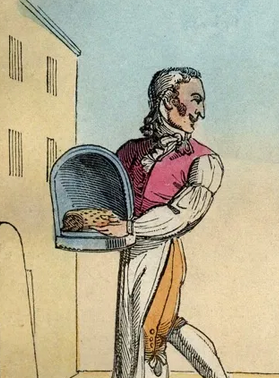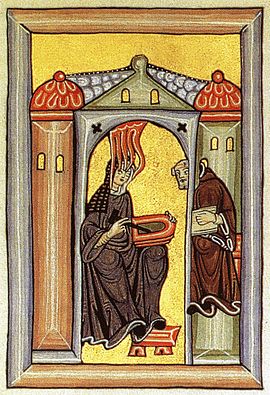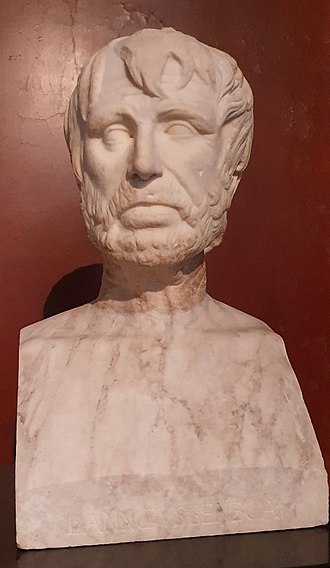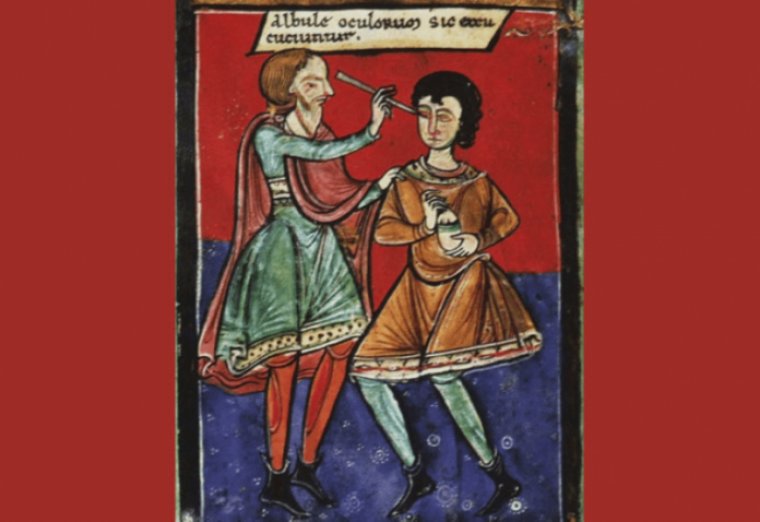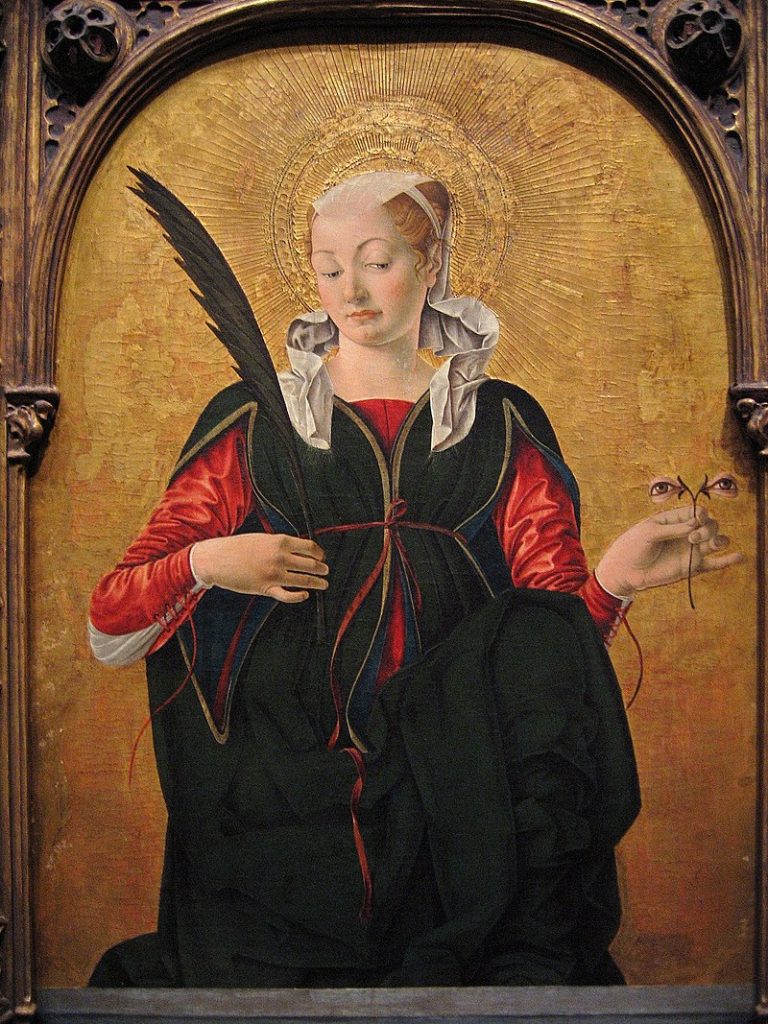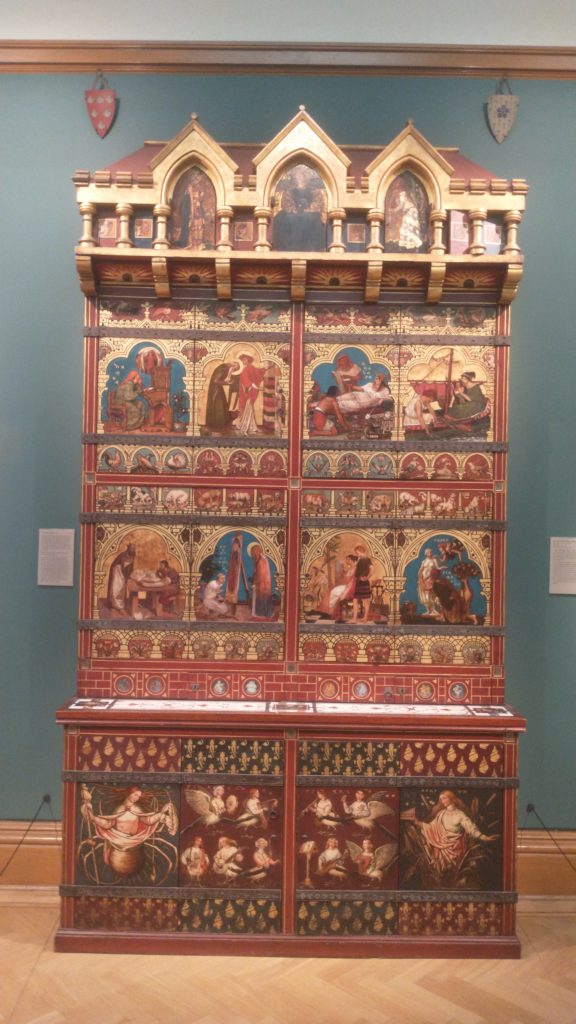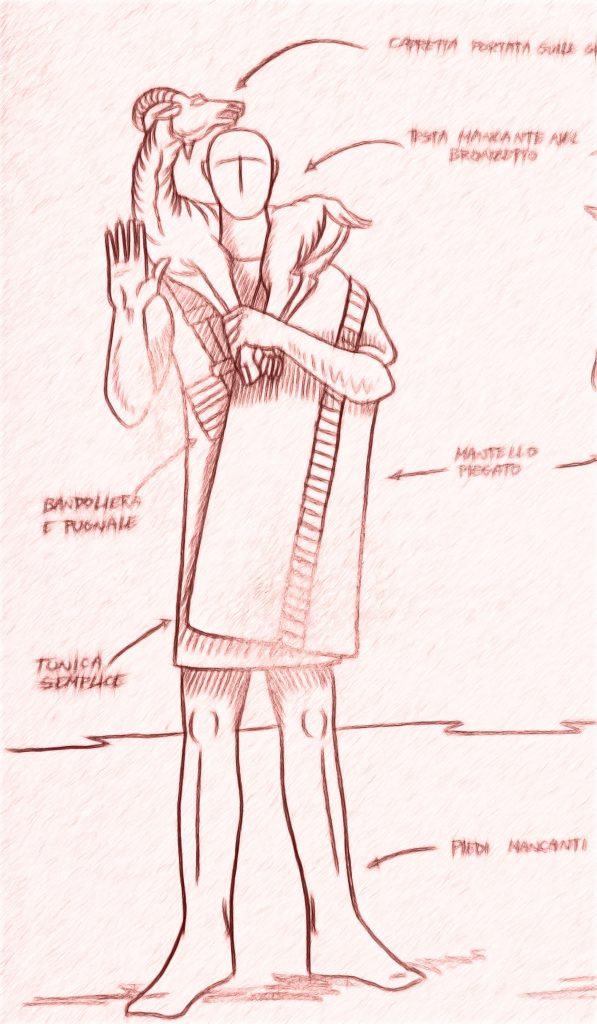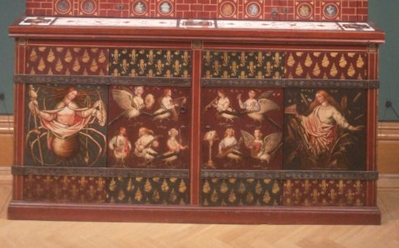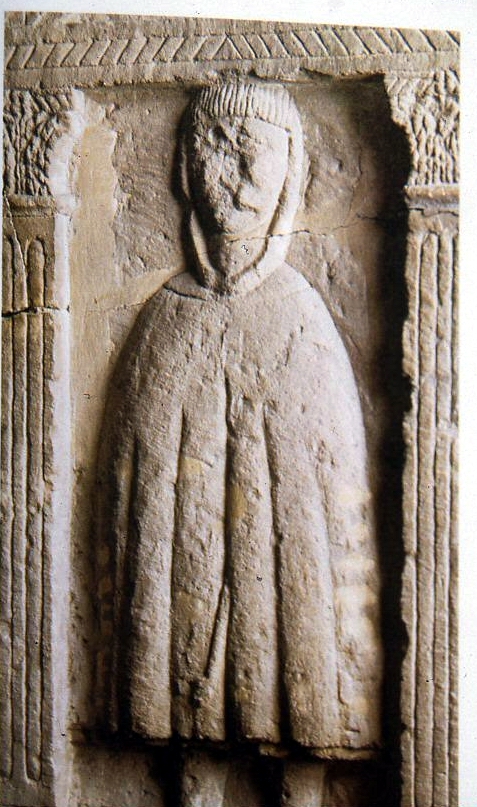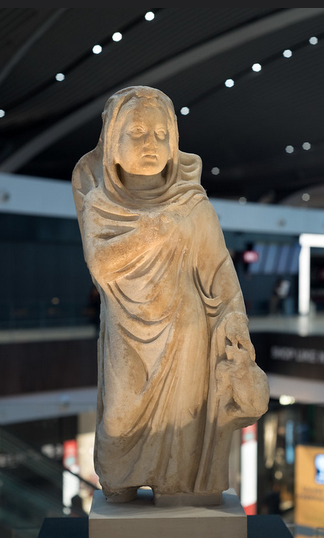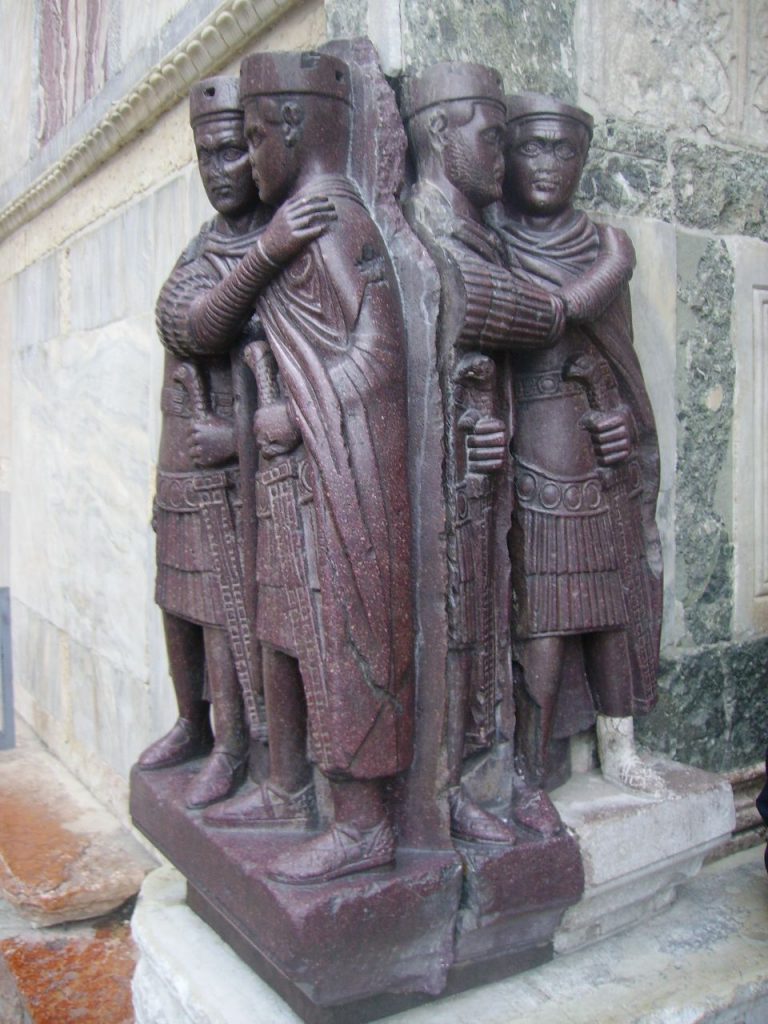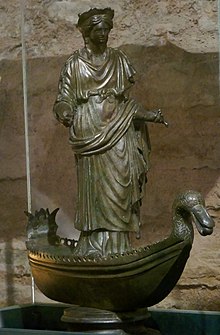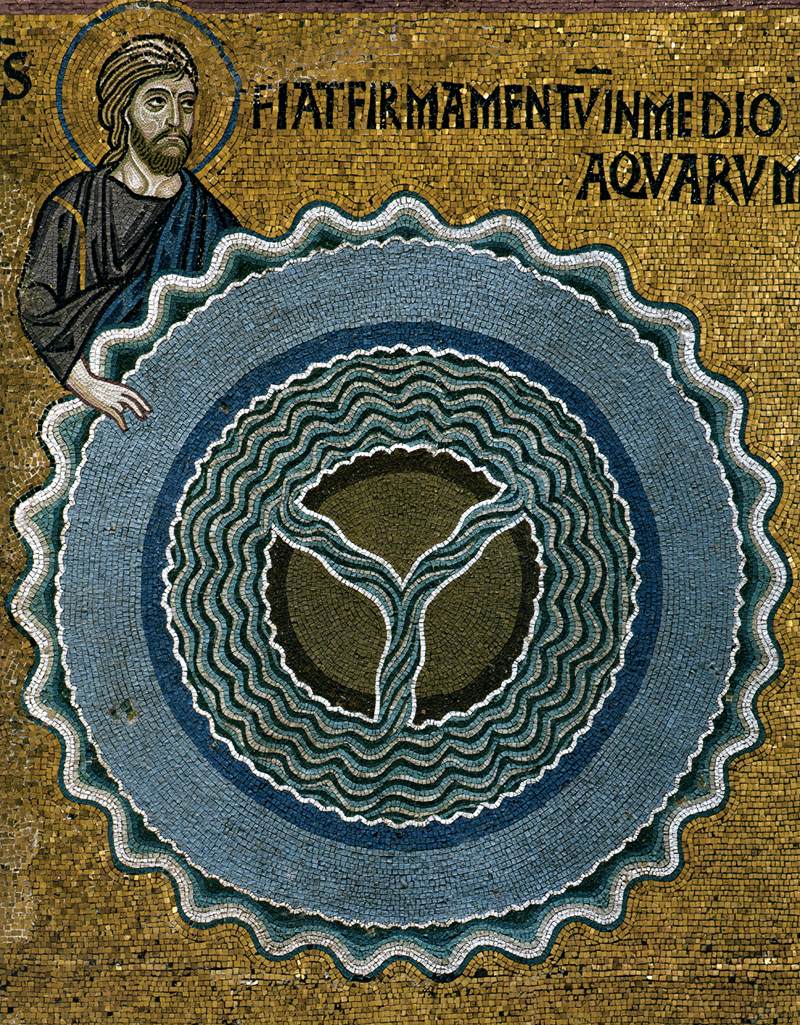
We are coming up to the key days in the year. And so will be looking at calendars and counting days. But what about ages and aeons?
‘Practical Magic in the Northern Tradition’ reports that there are seven ages of the world:
The life of a yew tree is 729 years, and there are seven ages from the creation of the world until its doom.
Three wattles are the life of a hound – 9 years
Three hounds are the life of a steed – 27 years
Three steeds are the life of a man – 81 years
Three men are the life of an eagle – 243 years
Three Eagles are the life of a yew. – 729 years
The life of a yew is one age, and there are seven ages from the creation until doom, giving a life for our world of 5, 103 years.
Archbishop Usher of Armagh (1581 – 1656) calculated that the world was created in 4004 BC by counting the begettings in the Bible. If we accept his date, and apply the seven yew tree ages rule, then the world should have ended in AD 1099 (give or take a year). However, it doesn’t make sense to me to have a factor of 3 for the smaller divisions, and then to switch to a factor of seven . So, if there were nine ages of the world, then it would survive for 6561 years, which will end in approx. 535 years time. This calculation has the advantage of not yet being proved wrong! (Please note, cult owners, I have copyright on this date).
It’s notable that when a Cult declares the imminent end of the world, and they trudge up to the top of a high eminence to observe it (normally by Hampstead Pond in London). They seem quite happy to trudge back down again, and are soon up and running again with the same enthusiasm for the next ‘end of the world’ date.)
By the way, the Capella Palatina, illustrated above, is a marvel of gold mosaics and absolutely stunning. It makes a trip to Palermo a must. It’s also seems strange to find a Norman state so far south.
The Jewish tradition was for six or seven ages of 1000 years. The seventh didn’t really count because it was the age of the messiah when there was a 1000-year sort of super sabbath. Or another idea is that it was an age that ran parallel with the other six. So the world was to be 6000 years long.
With the coming of Christianity, dating the Creation, and therefore the Day of Judgement, became more important. (the Romans dated from the foundation of Rome, and the Greeks from the First Olympiad, but they had a whole mythology and creation myths about a Golden Age, preceding their base Iron age and the Bronze Age.)
An early Christian attempt to tell the age of creation was the Anno Munda‘s arrangement of the Year. This is pretty complicated and is based on a Talmudic tradition. A late Roman version uses ‘the Diocletian Years’, which is when the persecution of Christians began. It held that the world was created 5500 years before the Birth of Christ. So we are 5500BC plus 2024 years before the date of the creation. And it was supposed to have ended in 500AD, 6000 years after the Creation. so we have outlived Creation by 15024 years.
St Augustine of Hippo took the tradition of six ages and brought it into the Christian canon. These are the six ages:
- The First Age “is from the beginning of the human race, that is, from Adam, who was the first man that was made, down to Noah, who constructed the ark at the time of the flood“, i.e. the Antediluvian period.
- The Second Age “extends from that period on to Abraham, who was called the father indeed of all nations”.
- The Third Age “extends from Abraham on to David the king”.
- The Fourth Age is “from David on to that captivity whereby the people of God passed over into Babylonia”.
- The Fifth Age is “from that transmigration down to the advent of our Lord Jesus Christ“
- The Sixth Age: “With His [Jesus Christ’s] coming, the sixth age has entered on its process.”
As each age is 1000 years, then you can see why so many people were worried as 1000 AD approached.
Of course, six is not such a magical number as seven, and so Shakespeare ran with the idea in the Seven Ages of Man spoken by Jacques in ‘As you like it’. If there are seven ages of human life, and we have a span of six score and ten, then each age is ten years.
The Seven Ages of Man
All the world’s a stage,
And all the men and women merely players;
They have their exits and their entrances,
And one man in his time plays many parts,
His acts being seven ages. At first, the infant,
Mewling and puking in the nurse’s arms.
Then, the whining school-boy with his satchel
And shining morning face, creeping like snail
Unwillingly to school. And then the lover,
Sighing like furnace, with a woeful ballad
Made to his mistress’ eyebrow. Then, a soldier,
Full of strange oaths, and bearded like the pard,
Jealous in honour, sudden, and quick in quarrel,
Seeking the bubble reputation
Even in the cannon’s mouth. And then, the justice,
In fair round belly, with a good capon lined,
With eyes severe, and beard of formal cut,
Full of wise saws, and modern instances,
And so he plays his part. The sixth age shifts
Into the lean and slippered pantaloon,
With spectacles on nose and pouch on side,
His youthful hose, well saved, a world too wide
For his shrunk shank, and his big manly voice,
Turning again toward childish treble, pipes
And whistles in his sound. Last scene of all,
That ends this strange eventful history,
Is second childishness and mere oblivion,
Sans teeth, sans eyes, sans taste, sans everything.
(Jacques, Act 2, Scene 7)
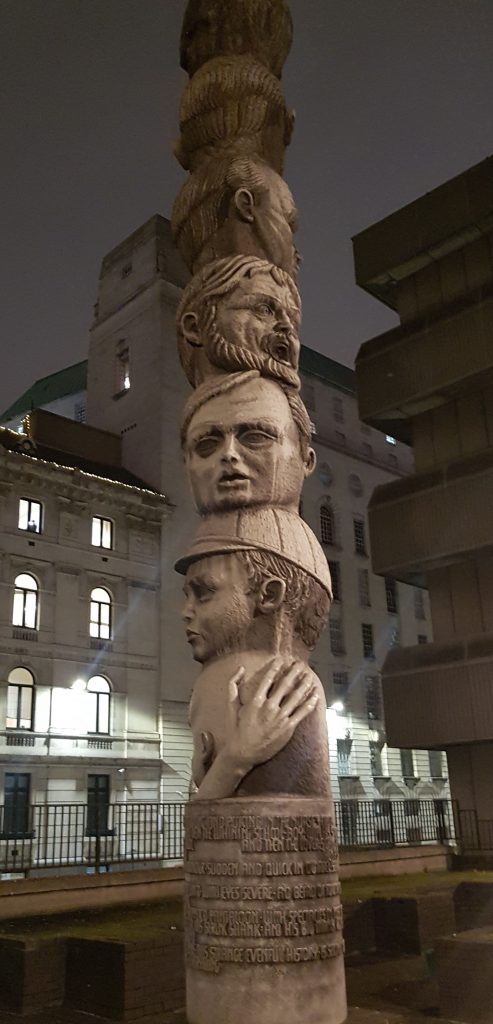
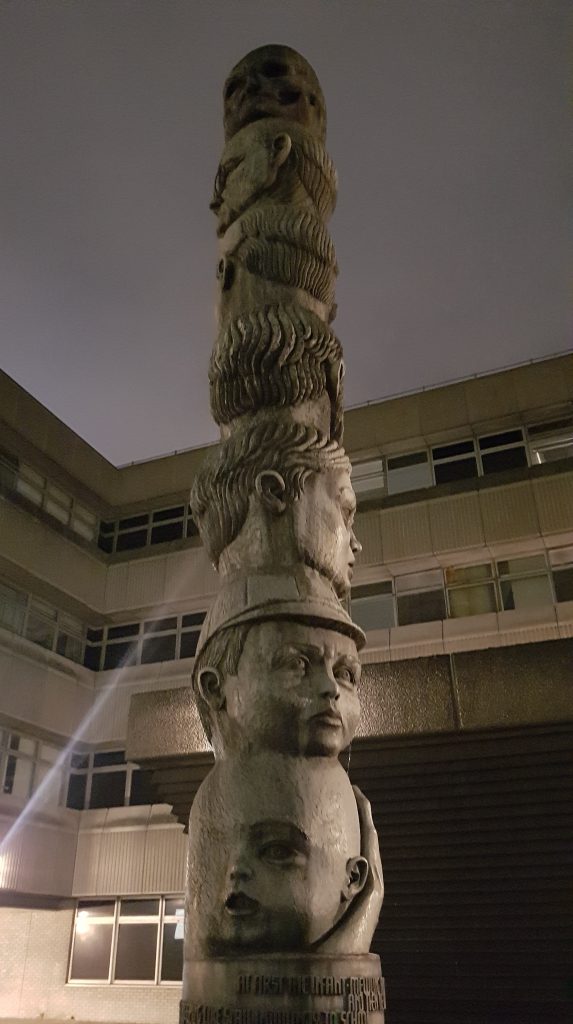
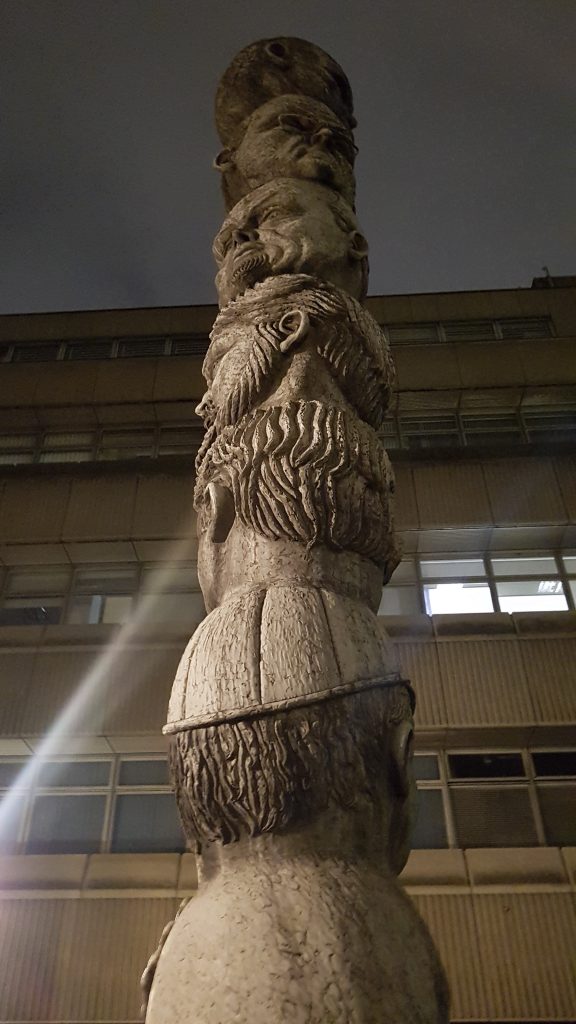

The Kalendar of Shepherds
Now, the Kalendar of Shepherds has a similar idea, but it calculates it differently. The Kalendar, based on a 15th Century French original, says there are 12 ages of man, corresponding with the 12 months of the year. Each age is 6 years long, and so our likely lifespan is 72.
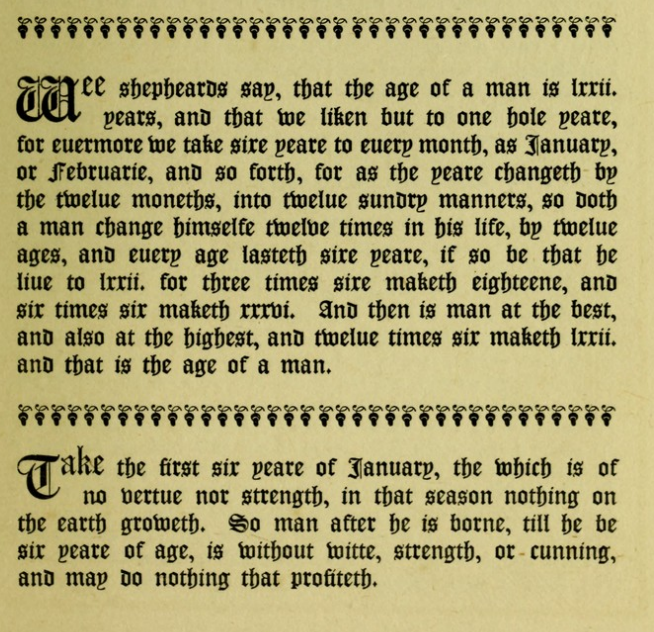
Each month is allocated to one of the ages, and each month has an insight into human life for that span. So in January we note the first 6 years, if you read above you will see we have no ‘wit, strength or cunning, and we may do nothing that profiteth’.
A little harsh, and as a fond grandfather, it, I refute it, except maybe the first 6 years should not be down to profit.
How Old is a Yew Tree/Eagle
A comment by a reader has prompting me to write the following lines on the discussion of the ages given above:
‘Practical magic’ says the poem is ‘Ancient’ so it’s folklore and not science, so the ages are opinion not scientific fact.
As I understand it Yew trees live a long time but not quite as long as many people think. I base this on the Yew Tree at Steventon, Hampshire where Jane Austen was born, which has/had a plague on it saying it was 1200 years old. I used to visit it regularly and. On one visit, was told that an expert opinion suggested it was more like 700 years old (if memory serves). I do not have the details, but my source would have been one of the people associated with the Church.
The Woodland Trust (says Yew Trees get old at 900 years and cites a few which are ‘said to be’ over 2000 years old. But are they? The scientific sites I have looked at suggest that Yew Trees should be described as ‘ancient’ from 400 not 900 years, and there are problems with dendrochronology dating of yew trees, and so most methods depend upon an estimation from the width of the tree trunk. But that, itself, depends upon how much you believe in the claims for the ancient trees. So, I think it’s best to take the extreme cases with a very large pitch of salt. So 729 years is probably not so far off the mark for a Yew tree.
As to Eagles, this website on eagles says they can live to 30ish in the wild and 68 years in captivity, so the claim for 243 years is way off the mark!
On This Day
1843 – Charles Dickens published ‘A Christmas Carol’
First Published on December 18th 2022, revised and republished in December 2023, 2024


